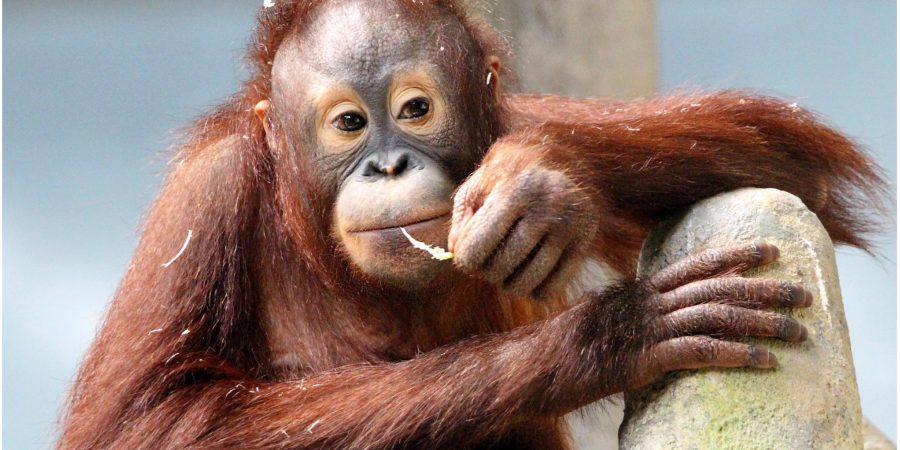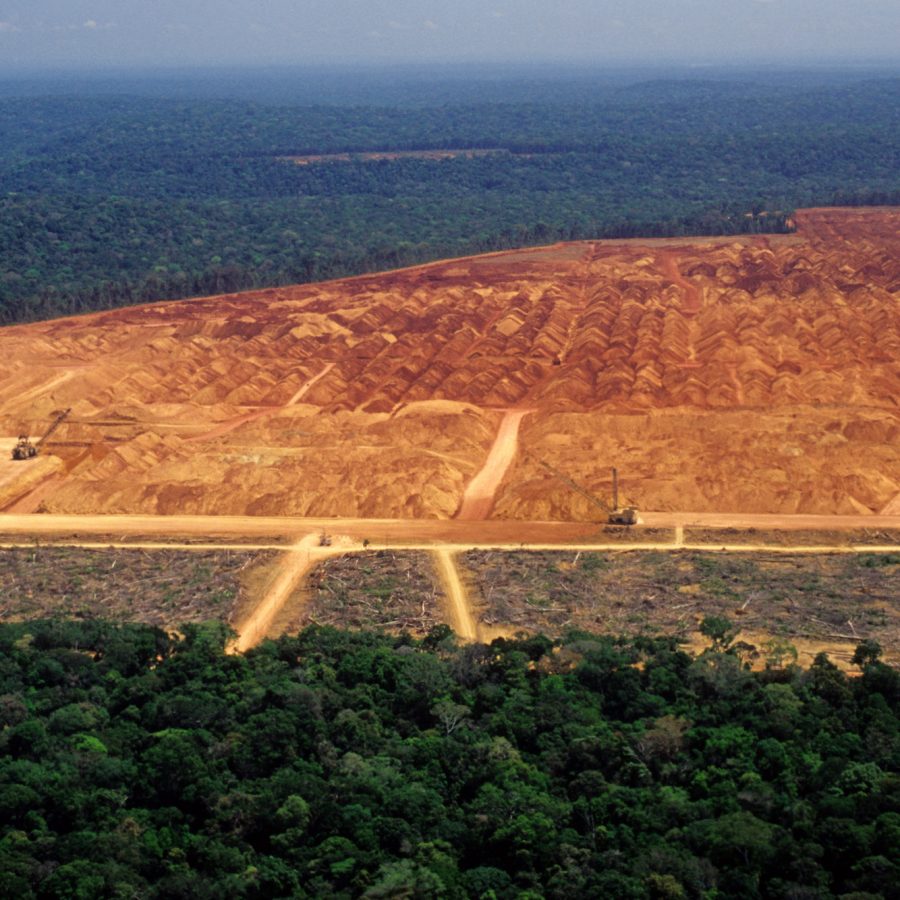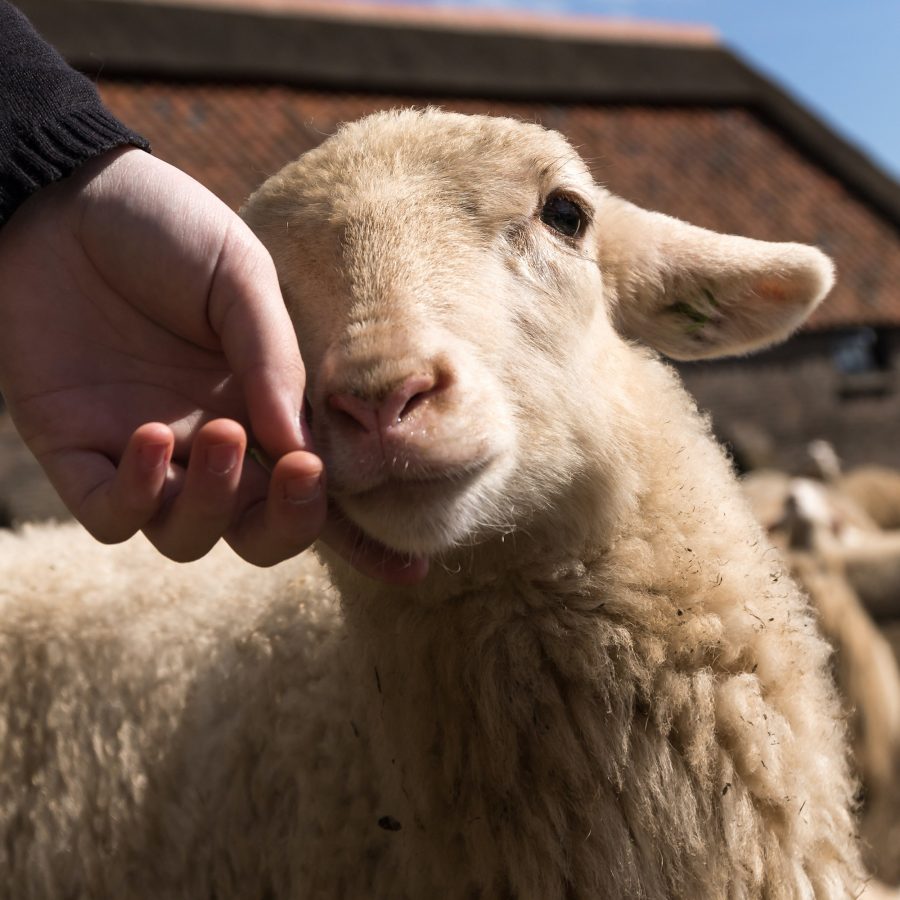Livestock production is a leading cause of GHG emissions.
80% of greenhouse gas emissions from our food system can be traced back to the production of animal-related food such as meat, dairy and eggs. And these emissions are responsible for around 14% of annual human-induced emissions, nearly as much as all the world’s cars, trains and planes combined.
Cattle farming especially – for meat and dairy – is one of the most emissions-intensive industries. Not only pumping carbon dioxide into the atmosphere, but methane, which according to the UN’s climate experts, warms the planet over 80 times faster than C02, when measured on a 20 year timescale.
When it comes to the impact on our climate, direct emissions from farming is just one part of the story. The carbon sinks that would naturally capture and store carbon dioxide – our forests – are being cut down to make way for animal farming. So these harmful emissions – some 4 billion tonnes a year – are being released back into the atmosphere.











